25 endangered animals that only live in America
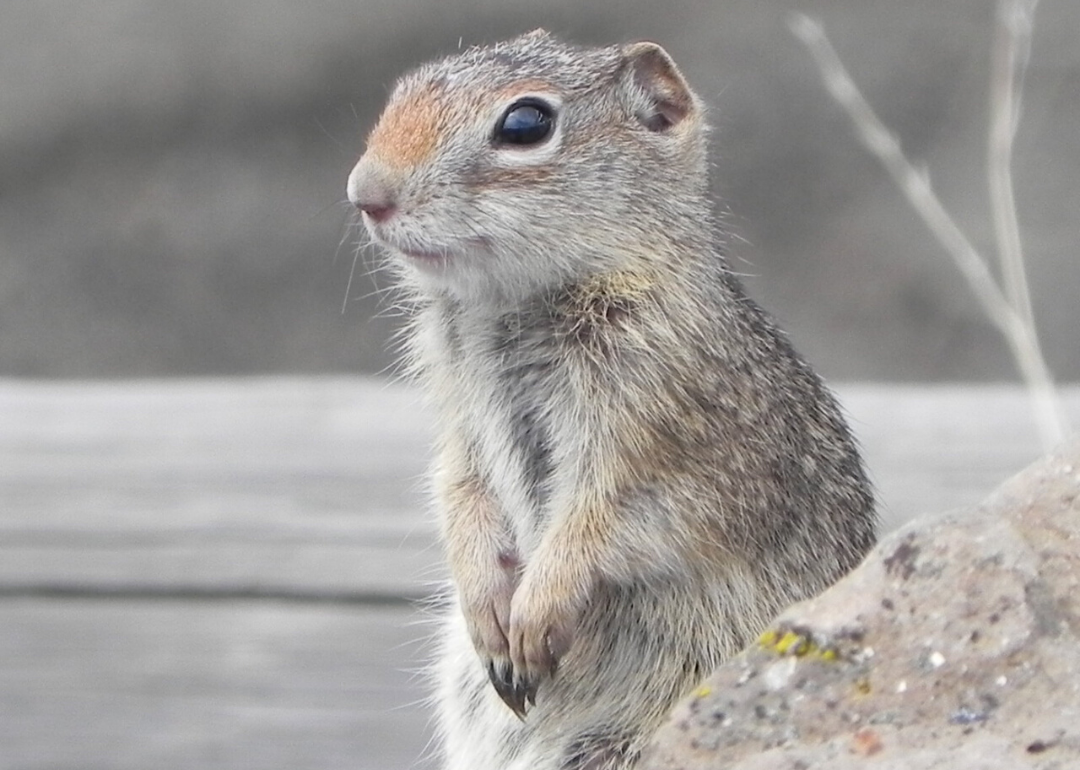
US Forest Service // Flickr
25 endangered animals that only live in America
The Endangered Species Act is a landmark conservation law that has brought wildlife threatened by habitat destruction, climate change, and other issues back from the brink of extinction; the iconic Bald Eagle is one of the most well-known examples.
In 2019, the Trump Administration rolled back several major protections outlined in the Endangered Species Act. These changes included banning blanket protections for newly threatened species and allowing cost to be a consideration when evaluating what it would take to save at-risk species. While in office, Trump took more than 100 legislative actions favoring business over the environment. In July 2022, U.S. District Judge Jon Tigar, presiding in Northern California, threw out the Trump-era changes, restoring critical protections for threatened species.
More than 1,300 species in the U.S. are listed as either endangered or threatened under the Endangered Species Act. Some of these animals are found nowhere else in the world. Stacker compiled a list of 25 endangered animals that are only found in the United States using the 2022 International Union for Conservation of Nature Red List and the U.S. Fish and Wildlife Service Endangered Species list.
All animals on this list are classified as either Endangered or Critically Endangered by the IUCN and classified as either Endangered or Threatened by the federal government. While the U.S. Fish and Wildlife Service identifies critical habitats and provides legal protections for endangered species, the IUCN helps raise global awareness through data collection, analysis, fieldwork, advocacy, and fundraising.
![]()
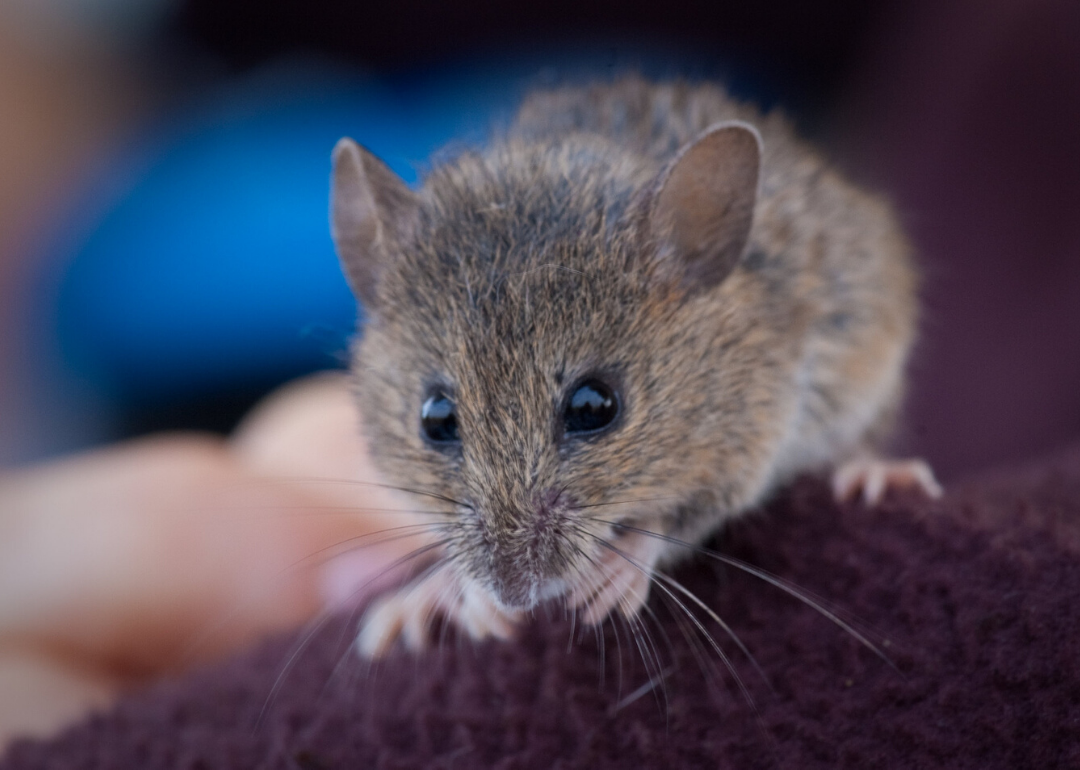
USFWS // Flickr
Salt marsh harvest mouse
– Scientific name: Reithrodontomys raviventris
– Red List status: Endangered
– Geographic range: California
The salt marsh harvest mouse was found around the Bay Area until relatively recently, but its habitat has become extremely fragmented. Because of human development, populations of the mouse are isolated from one another and cannot breed properly.
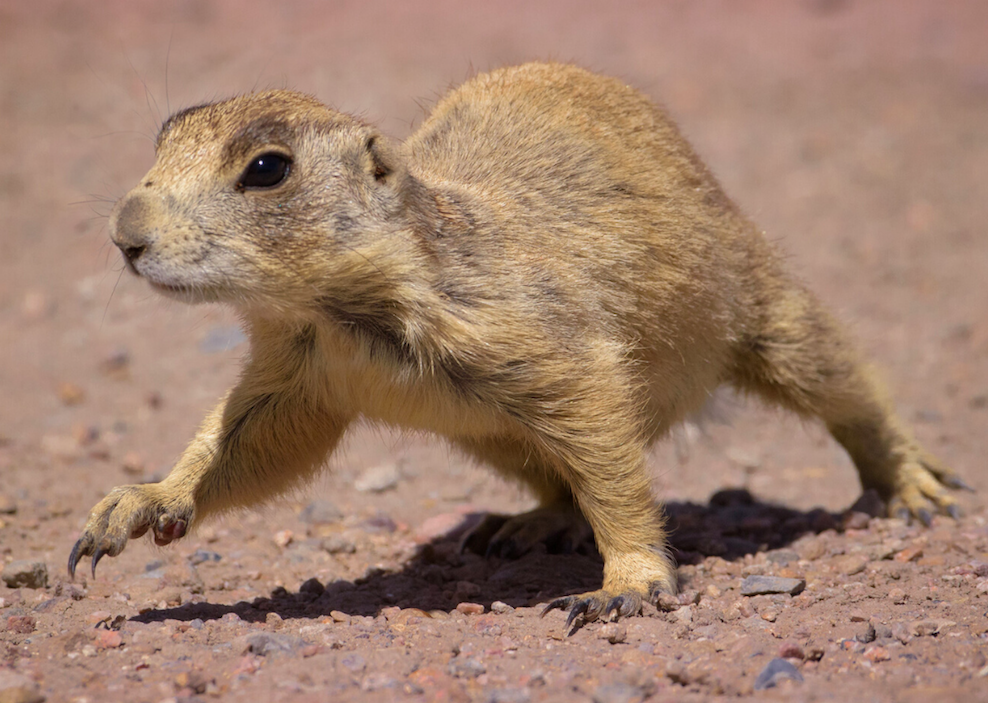
Bernd Thaller // Flickr
Utah prairie dog
– Scientific name: Cynomys parvidens
– Red List status: Endangered
– Geographic range: Utah
The Utah prairie dog was declared endangered in 1973. However, over the last 30 years, the population has been stable to increasing, and the species is now federally recognized as threatened rather than endangered. Threats like urban expansion, climate change, and resource exploration remain, but the prairie dog has recovered strongly.
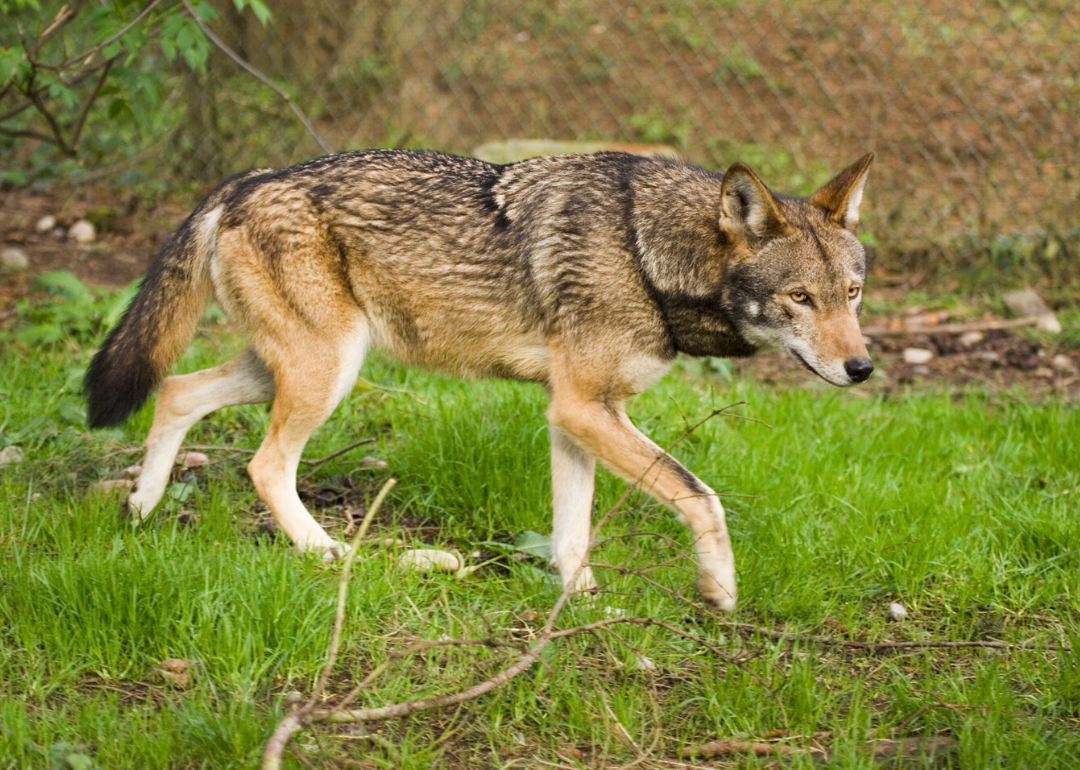
LaggedOnUser // Wikimedia Commons
Red wolf
– Scientific name: Canis rufus
– Red List status: Critically endangered
– Geographic range: North Carolina
Red wolves were once found along much of the Southeast, but habitat destruction, hunting, and urban encroachment have dwindled their range to the point that they are now only found in North Carolina. They’re one of the most endangered canids on Earth. Red wolves are also highly endangered because of interactions with coyotes, which can hurt the species’ long-term viability.
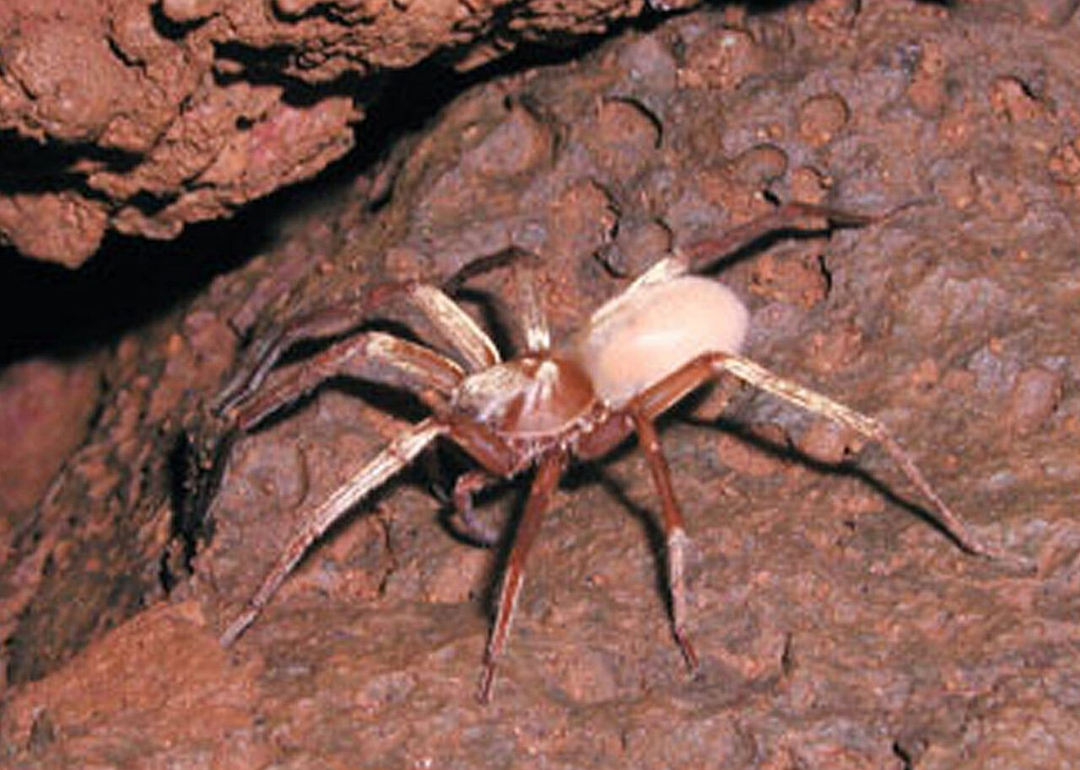
Gordon Smith // Wikimedia Commons
Kauai cave wolf spider
– Scientific name: Adelocosa anops
– Red List status: Endangered
– Geographic range: Hawaii
The Kauai cave wolf spider is a highly unusual spider found only in caves in the Koloa district of Kauai, Hawaii. Wolf spiders usually utilize their vision rather than webs to catch prey; however, the Kauai cave wolf spider is unique because it is eyeless, relying only on swift motion to hunt. Because they have such specific habitat needs, these spiders are highly vulnerable to habitat destruction from construction, human visitation, and other sources.
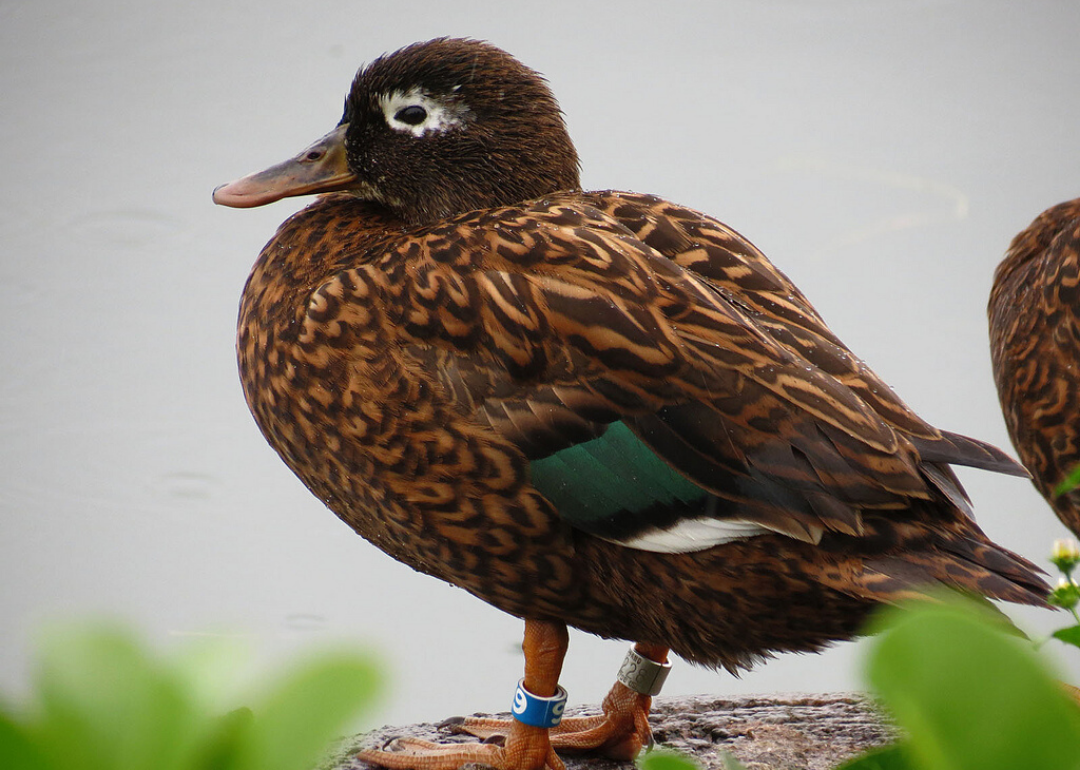
U.S. Fish and Wildlife Service
Laysan duck
– Scientific name: Anas laysanensis
– Red List status: Critically endangered
– Geographic range: Hawaii
Ducks don’t immediately come to mind when we consider an endangered species, but this particular type of duck is. Once found all over the Hawaiian islands, the Laysan duck now has a population only found on Laysan Island and on a wildlife refuge at Midway Atoll.
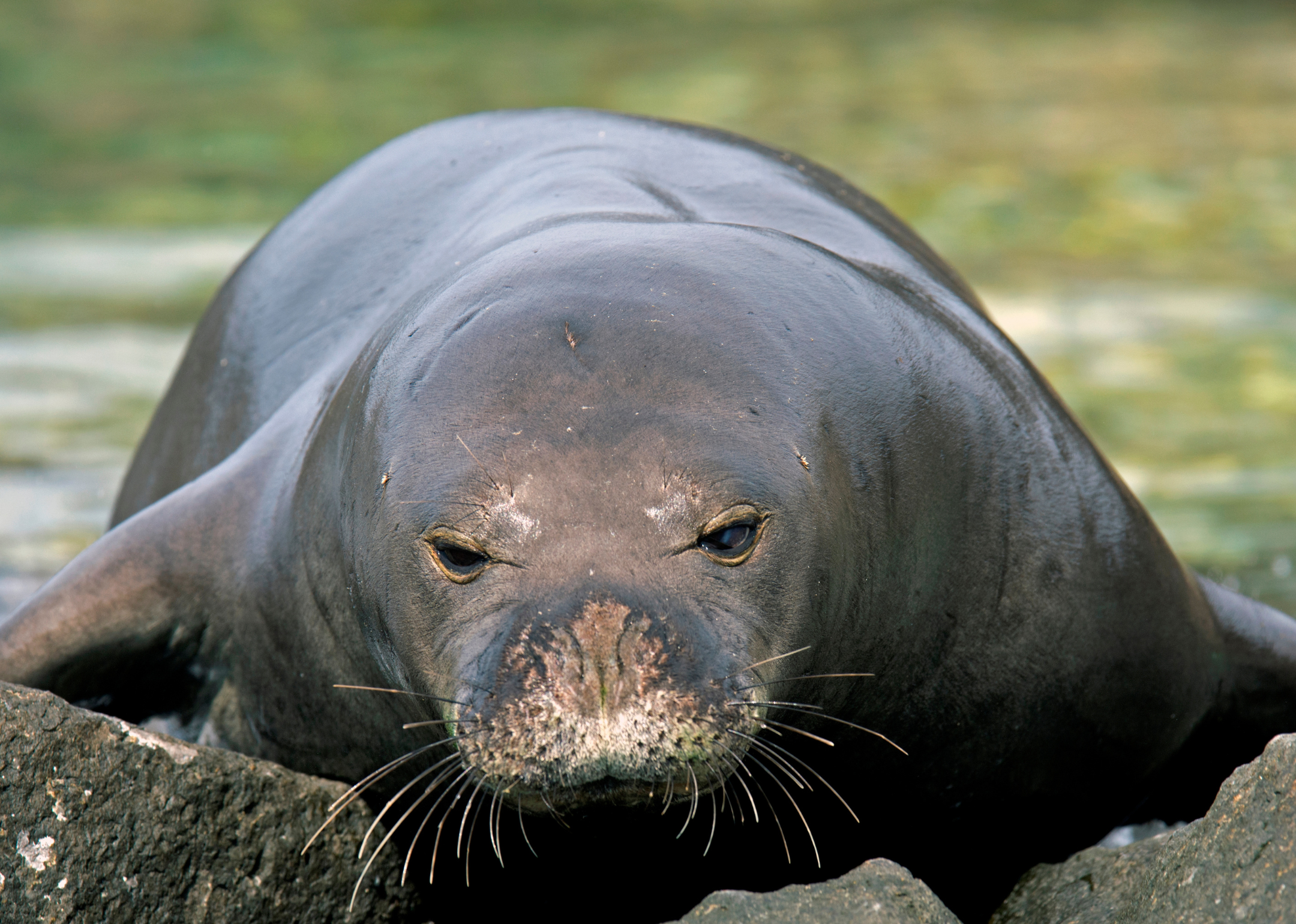
VW Pics / Getty Images
Hawaiian Monk Seal
– Scientific name: Neomonachus schauinslandi
– Red List status: Endangered
– Geographic range: Hawaii
Hawaiian monk seals are found almost exclusively in the Hawaiian Islands. Their populations have decreased drastically over the last 50 years, and according to NOAA, only about 1500 of them are left. Mediterranean monk seals are also endangered; Caribbean monk seals are believed to be extinct.
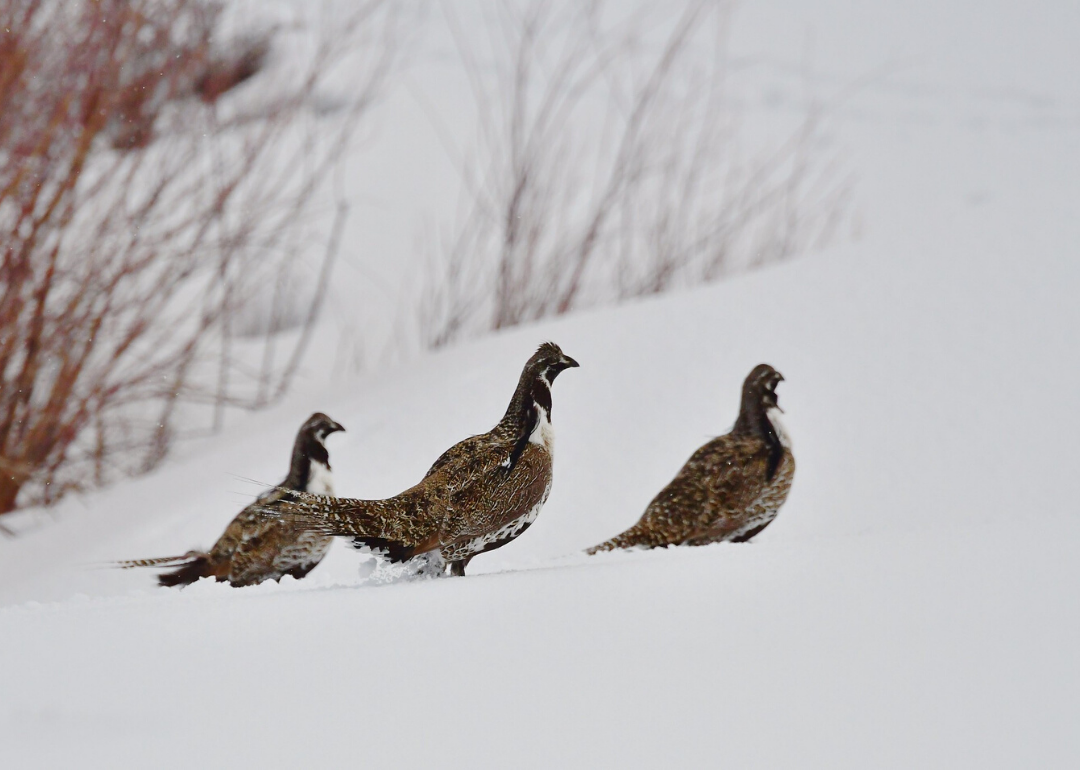
Larry Lamsa // Flickr
Gunnison sage-grouse
– Scientific name: Centrocercus minimus
– Red List status: Endangered
– Geographic range: Colorado, Utah
The Gunnison sage-grouse is an unusual species of bird found only in the Southwest. They face threats from a variety of sources, but their habitat has been largely ravaged by oil and gas drilling. Environmental groups are fighting hard to protect the animal’s remaining habitat from further drilling.

USFWS // Flickr
Devils Hole pupfish
– Scientific name: Cyprinodon diabolis
– Red List status: Critically endangered
– Geographic range: Nevada
This tiny, bright blue fish—only 1 inch in length—is only found naturally in the Devils Hole cavern in Nevada, the waters of which are around 93 degrees F. Pupfish got their name because of the way they swim and move, which observers often likened to the frolic and play of a puppy.
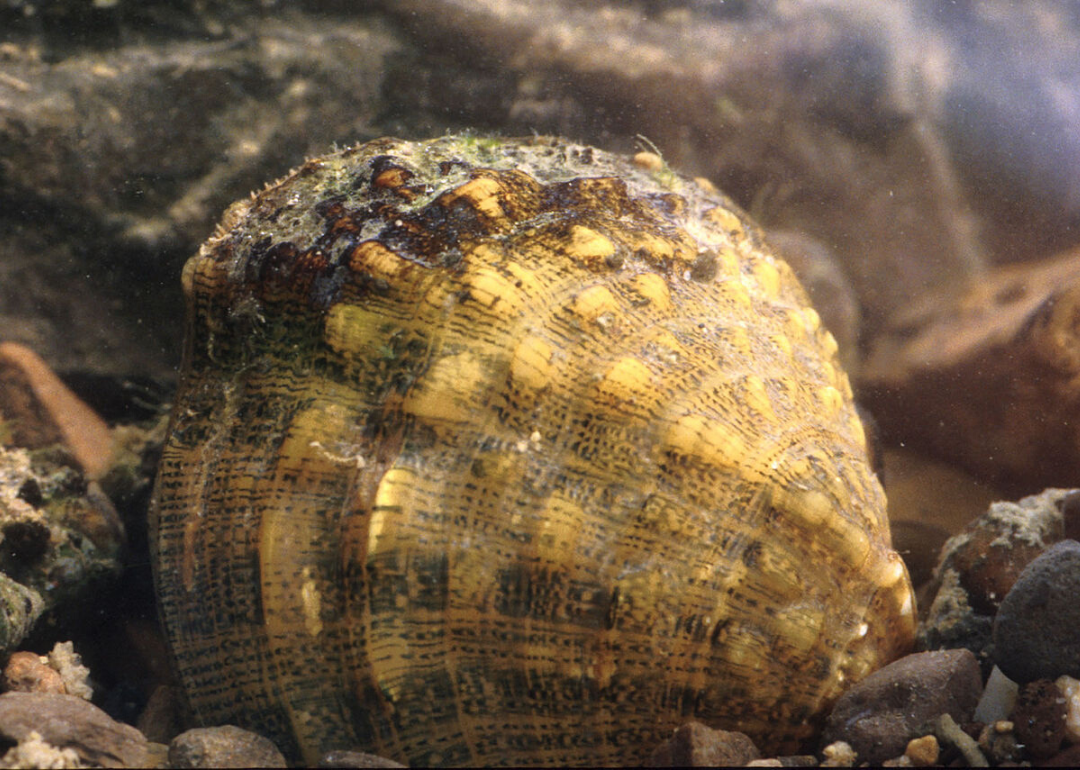
Dick Biggins // Wikimedia Commons
Fanshell
– Scientific name: Cyprogenia stegaria
– Red List status: Critically endangered
– Geographic range: Tennessee, Kentucky, Virginia
The Fanshell, a river mussel, has been severely impacted by human activity like dredging, mining, and water pollution. Water conservation activities and erosion prevention are both key to keeping the mussel from disappearing.
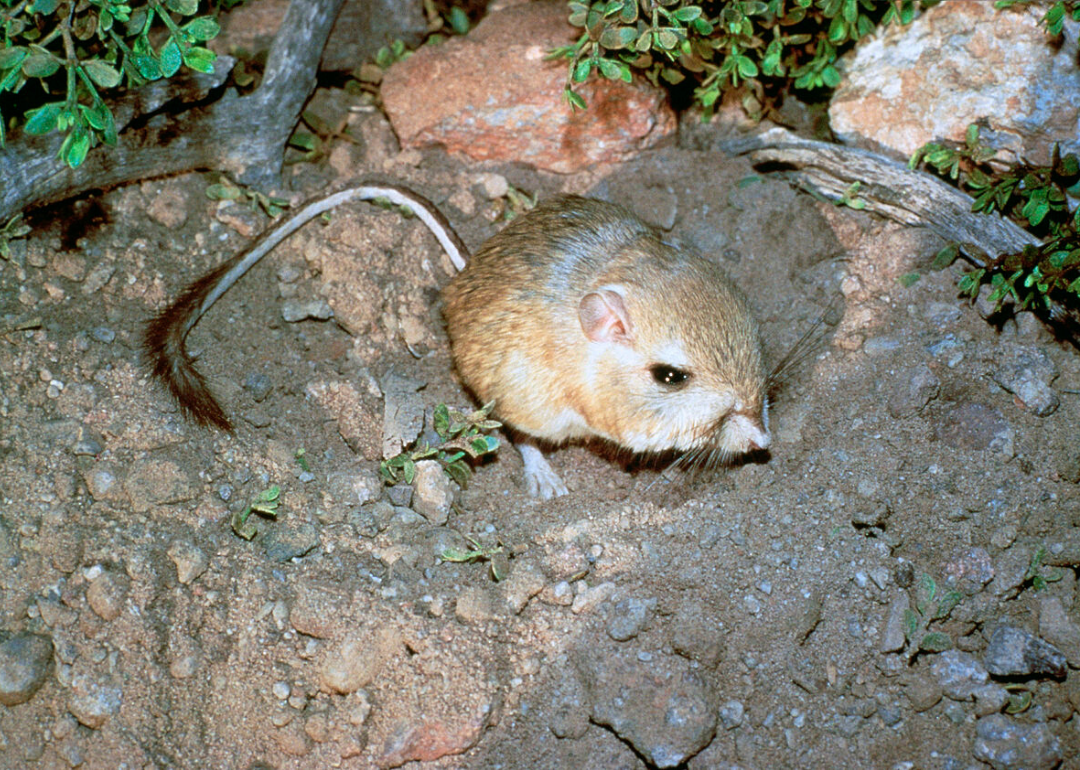
Harrison George // Wikimedia Commons
Giant kangaroo rat
– Scientific name: Dipodomys ingens
– Red List status: Endangered
– Geographic range: California
Giant kangaroo rats are the largest species in their family. They got their name because they stand up on their hind feet and hop to move, much like a kangaroo. They create complex burrow systems that sometimes have more than five separate entrances. In addition to habitat fragmentation, this species is under threat from rodenticide use in agricultural operations.
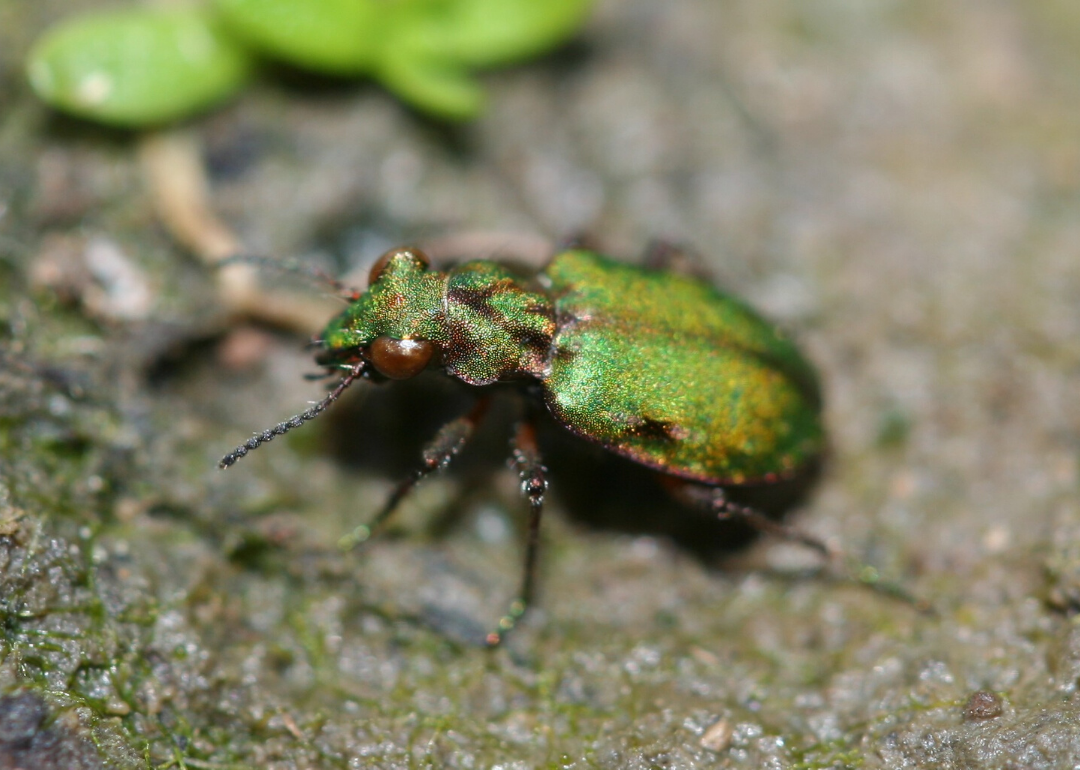
USFWS // Flickr
Delta green ground beetle
– Scientific name: Elaphrus viridis
– Red List status: Critically endangered
– Geographic range: California
This beetle has a range of only about 7,000 acres in Solano County, California. There are natural gas reserves in the beetle’s habitat, so natural gas exploration could further threaten it. Because it is unusually colorful, it could also be a target for illegal collectors.
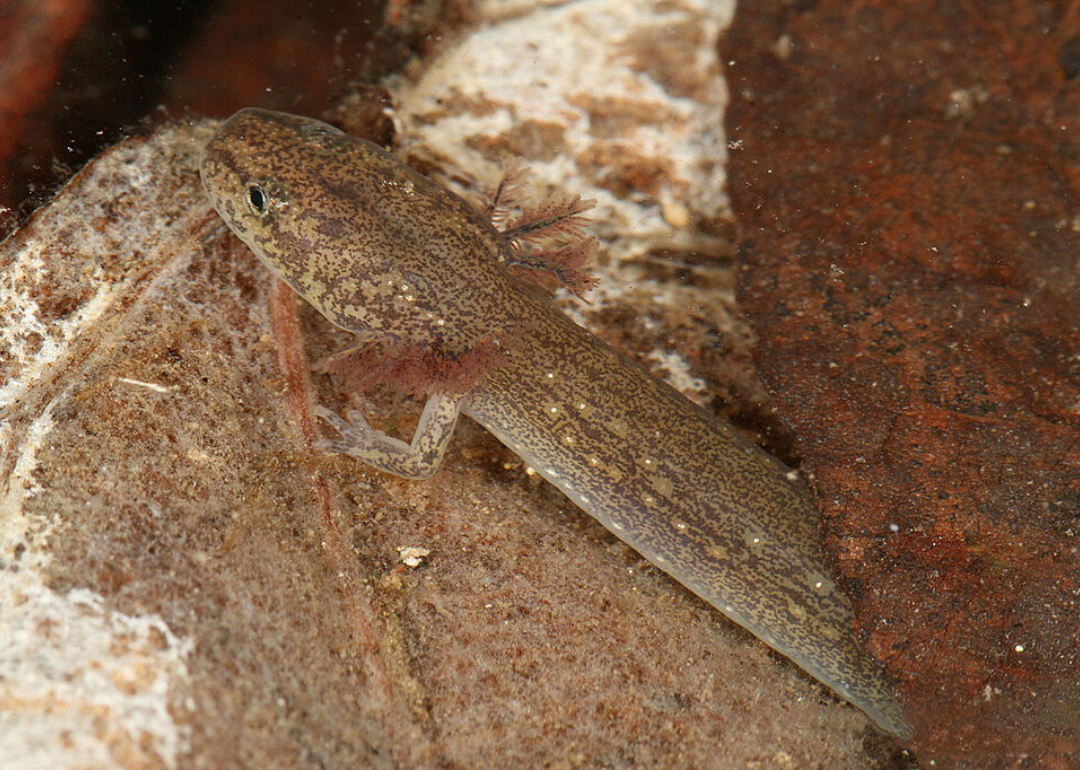
Piershendrie // Wikimedia Commons
Jollyville Plateau salamander
– Scientific name: Eurycea tonkawae
– Red List status: Endangered
– Geographic range: Texas
This unique salamander spends its entire life underwater. It was only discovered in 2000, but already its population has declined dramatically due to the sensitive nature of these amphibians. The Jollyville Plateau salamander is highly threatened by development, which groups like The Center for Biological Diversity fight in areas known to be inhabited by the species.
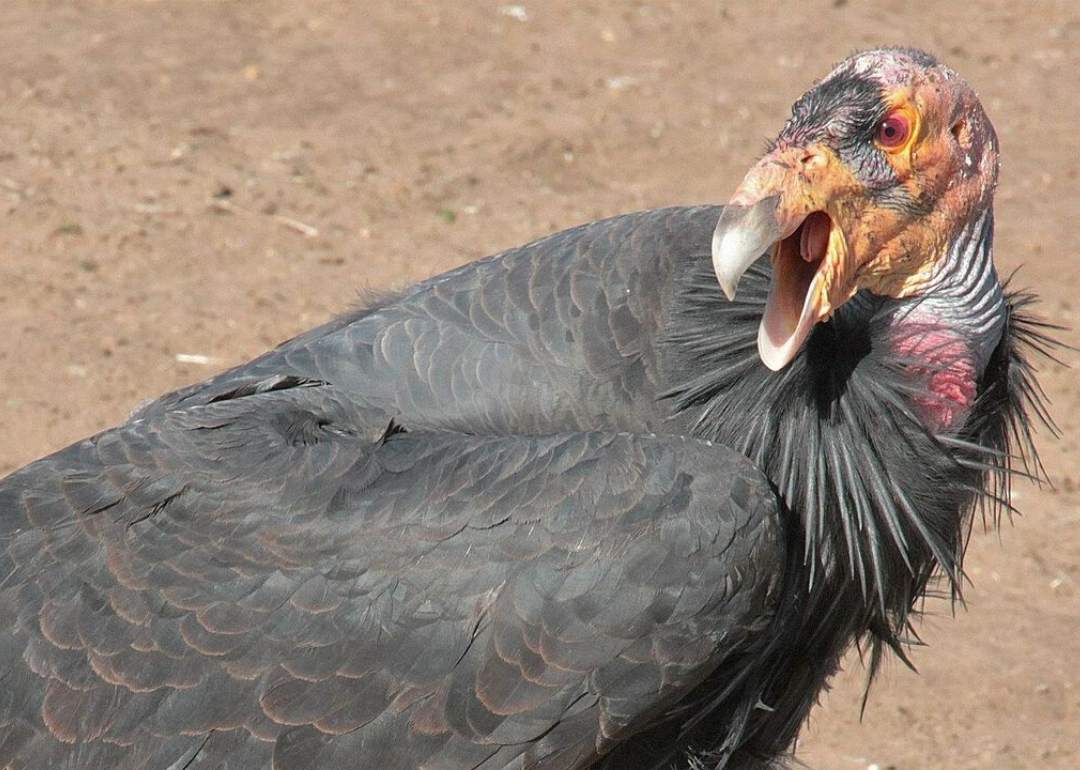
Pacific Southwest Region // Wikimedia Commons
California condor
– Scientific name: Gymnogyps californianus
– Red List status: Critically endangered
– Geographic range: California, Arizona, Utah
Condors are the largest flying birds in North America. Their wingspan is nearly 10 feet from tip to tip. After they nearly went extinct, the remaining 10 wild condors were captured in 1987; reintroduction began in 1992. Although the condor population has grown to exceed 500 birds today, they’re still considered endangered.
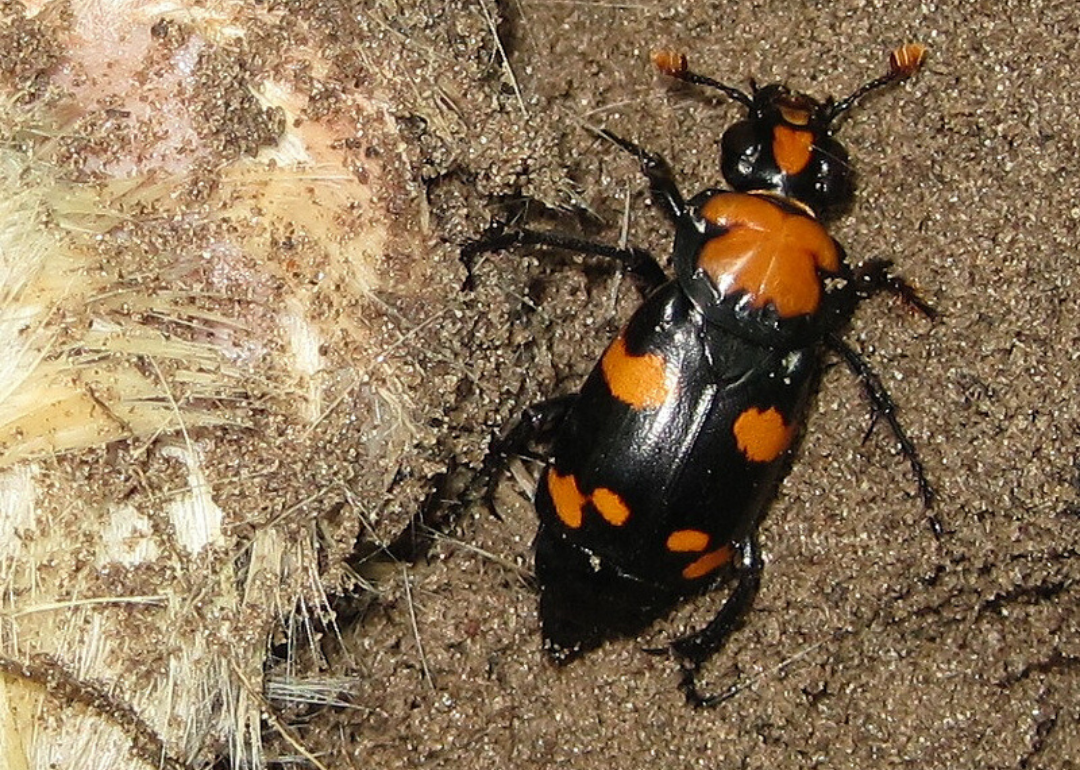
USFWS // Flickr
American burying beetle
– Scientific name: Nicrophorus americanus
– Red List status: Critically endangered
– Geographic range: Arkansas, Kansas, Massachusetts, Nebraska, Ohio, Oklahoma, Rhode Island, South Dakota, Texas
Burying beetles survive off the carcasses of dead animals, which they bury in the ground. Biologists aren’t sure what has led to their rapid decline, but it is possible that it has been caused by declines in other species that they rely on to eat.

Unknown // Wikimedia Commons
Squirrel Chimney Cave shrimp
– Scientific name: Palaemonetes cummingi
– Red List status: Critically endangered
– Geographic range: Florida
This tiny, translucent shrimp has only been found in a single sinkhole in Florida. Because they are so rare, very little is known about them at this point.
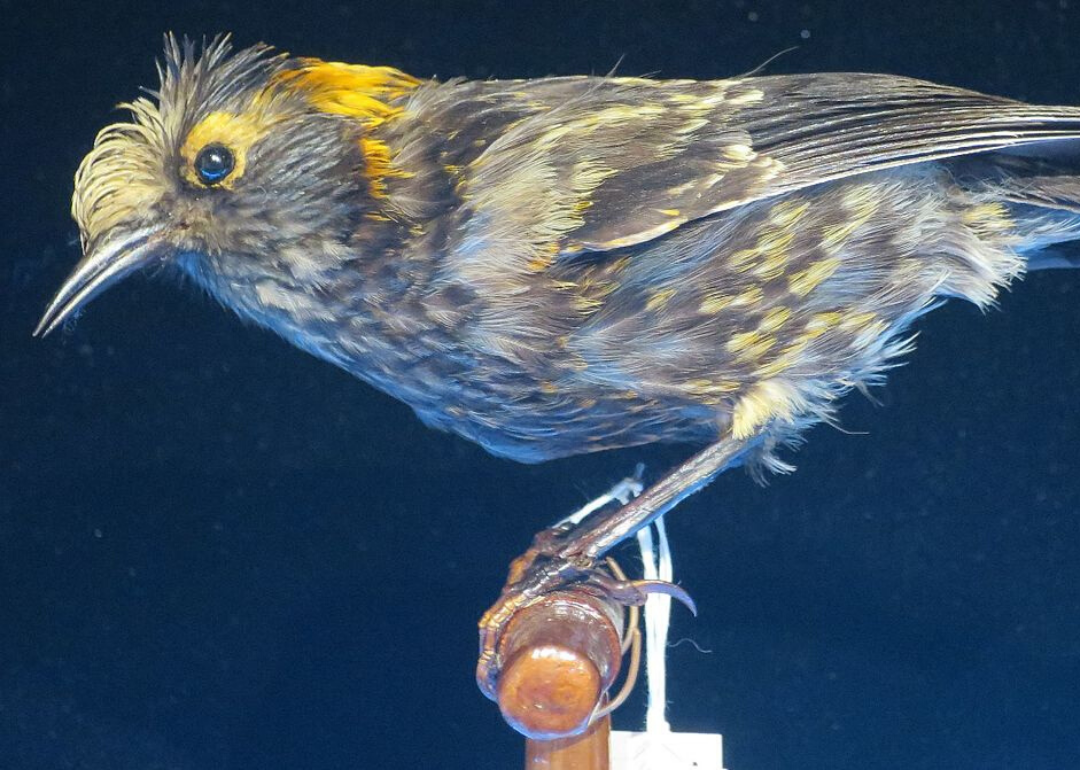
Hiart // Wikimedia Commons
Crested honeycreeper (Akohekohe)
– Scientific name: Palmeria dolei
– Red List status: Critically endangered
– Geographic range: Hawaii
The crested honeycreeper, known in traditional Hawaiian as ‘Ākohekohe, was once found on both Maui and Molokai but is now found only on Maui. It is known for its acrobatic movements and how it runs across treetops.
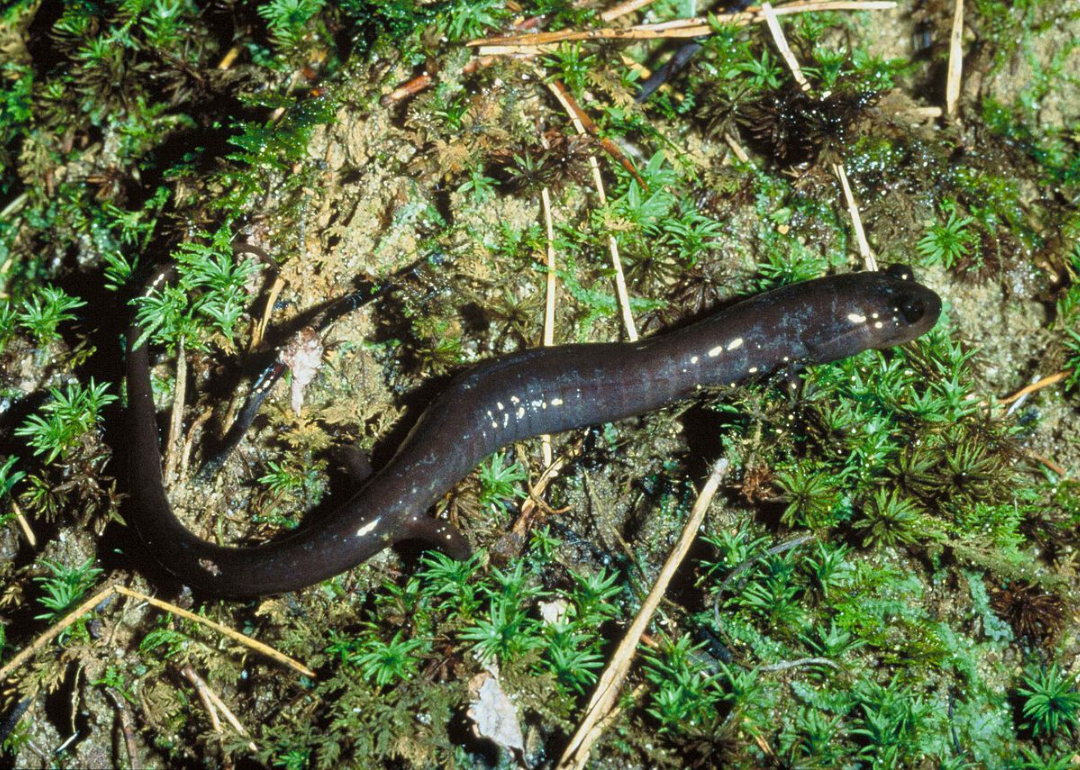
Blakenship Emmett // Wikimedia Commons
Red Hills salamander
– Scientific name: Phaeognathus hubrichti
– Red List status: Endangered
– Geographic range: Alabama
The Red Hills salamander is unusually large, growing to nearly a foot long. Unfortunately, its range is very limited. In fact, it is the only terrestrial vertebrate entirely confined to the state of Alabama, where it is the official state amphibian.
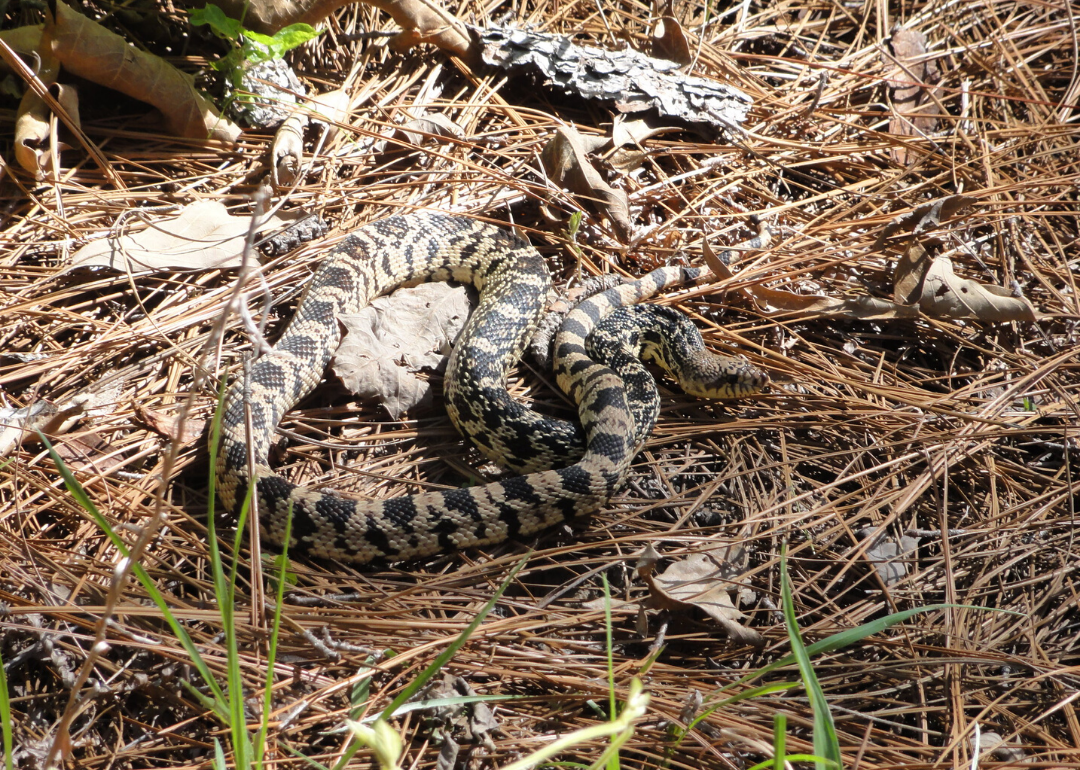
USFWS // Flickr
Louisiana pine snake
– Scientific name: Pituophis ruthveni
– Red List status: Endangered
– Geographic range: Louisiana, Texas
The Louisiana pine snake, one of the rarest snakes in North America, is known for its large eggs. This non-venomous constrictor rarely appears in the wild anymore, but when it does, it lives out its days in the warren of tunnels created by pocket gophers, which it eats.
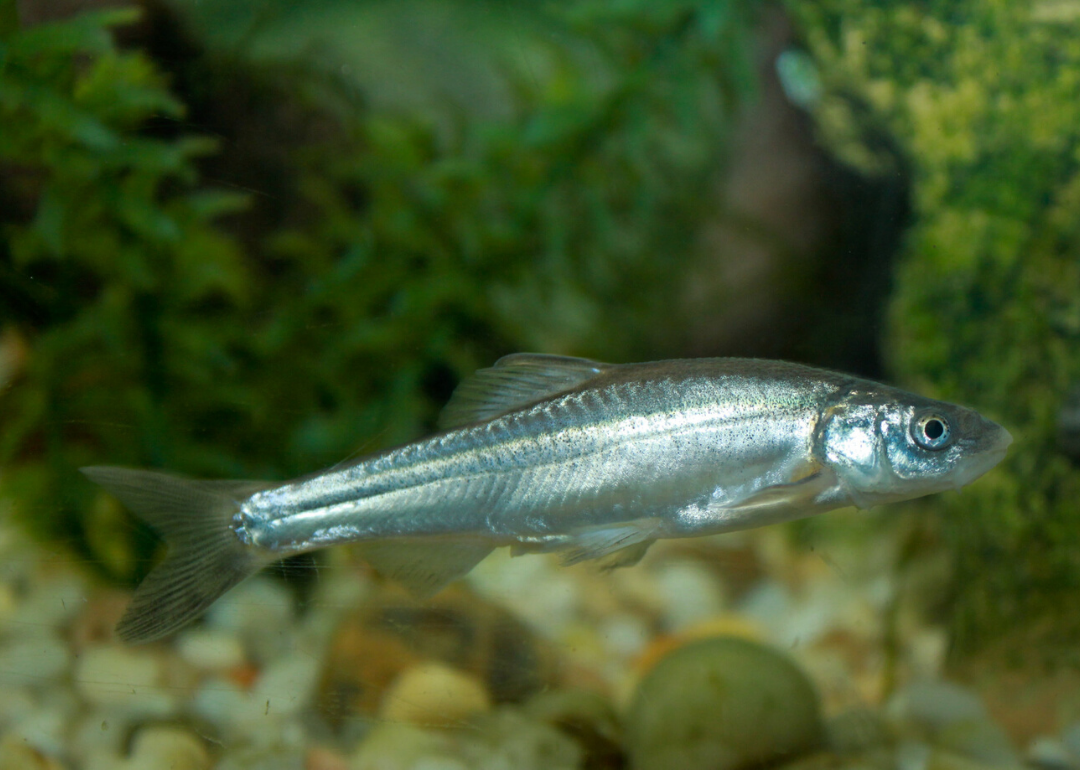
Brian Gratwicke // Flickr
Woundfin
– Scientific name: Plagopterus argentissimus
– Red List status: Critically endangered
– Geographic range: Arizona, Utah, Nevada
Woundfins are tiny minnows that once occupied much of the Colorado River Basin. But because of habitat destruction, invasive species, and other issues, its populations have dwindled significantly. Increased water temperatures are one of the biggest threats to the fish.
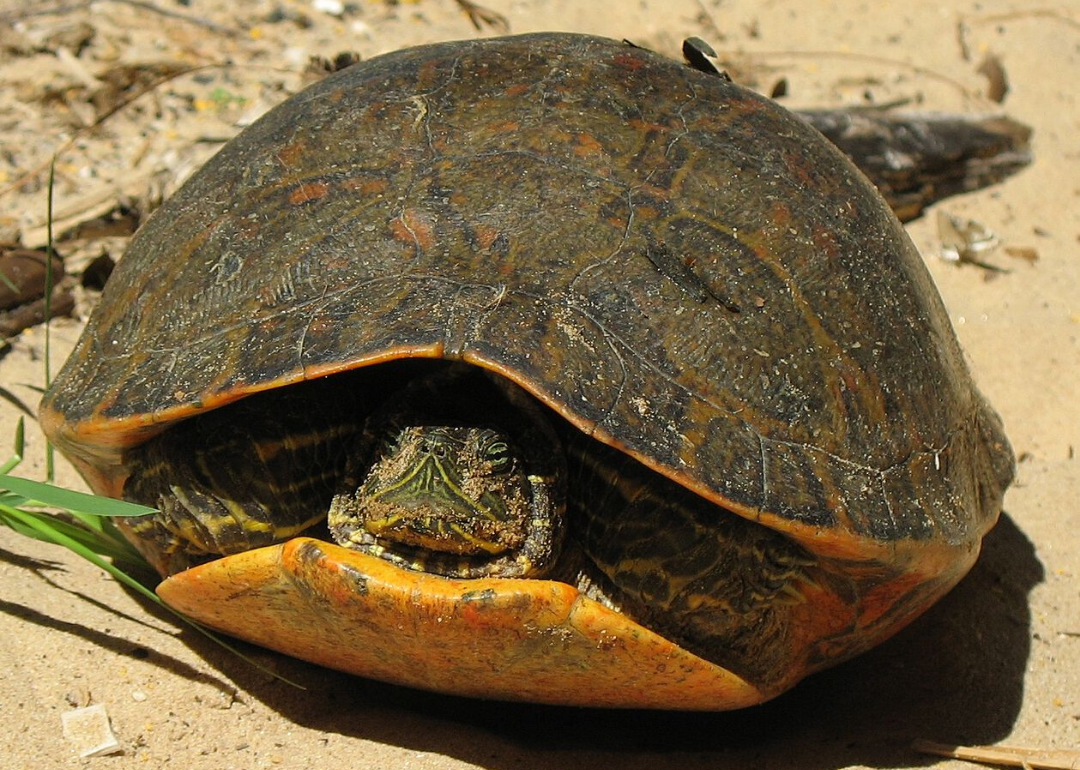
Josh Roswell // Wikimedia Commons
Alabama red-bellied turtle
– Scientific name: Pseudemys alabamensis
– Red List status: Endangered
– Geographic range: Alabama
Named for its bright underbelly, which can be red or yellow, this turtle makes its home in freshwater rivers, ponds, and bayous. Unfortunately, when the turtles come onto land to lay eggs, they are vulnerable to vehicle strikes and drivers who don’t see them. The Alabama Department of Transportation has built fences to keep them off highways and has signs on roads during hatching season to keep them safer.
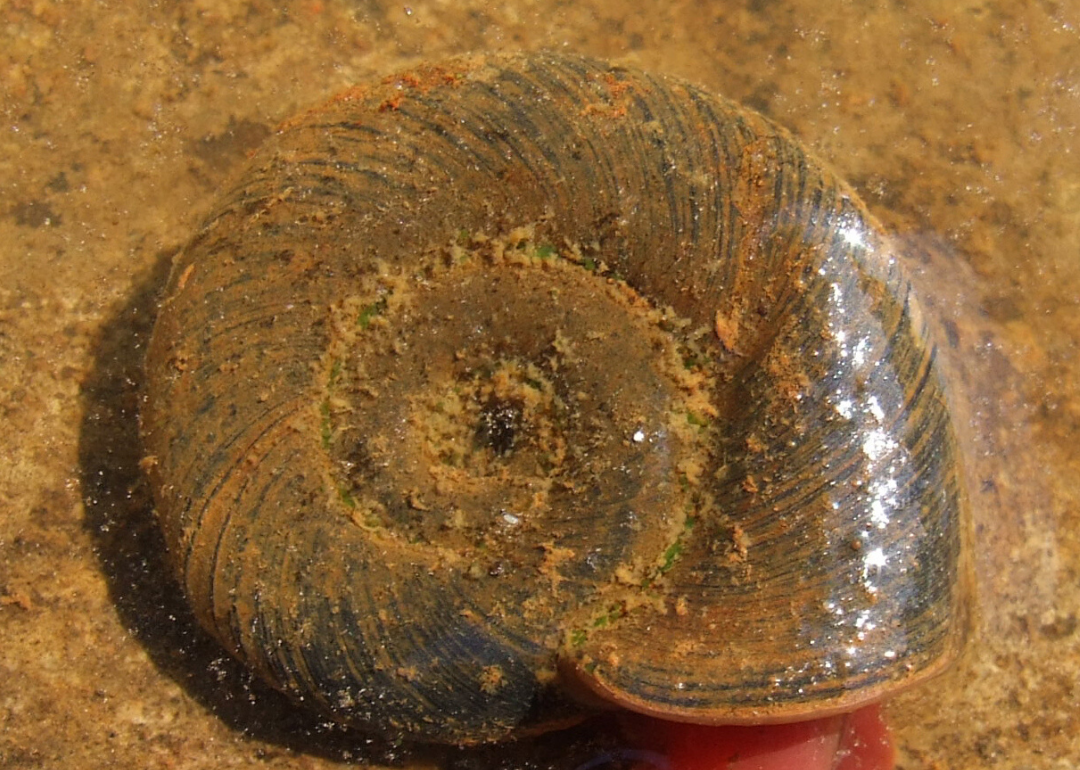
Claus Ableiter // Wikimedia Commons
Bruneau Hot springsnail
– Scientific name: Pyrgulopsis bruneauensis
– Red List status: Critically endangered
– Geographic range: Idaho
This unusual snail is found only in hot springs in Idaho. It is vulnerable because of this mainly because of groundwater withdrawal by the agriculture industry. It has also fallen prey to some introduced species of fish.
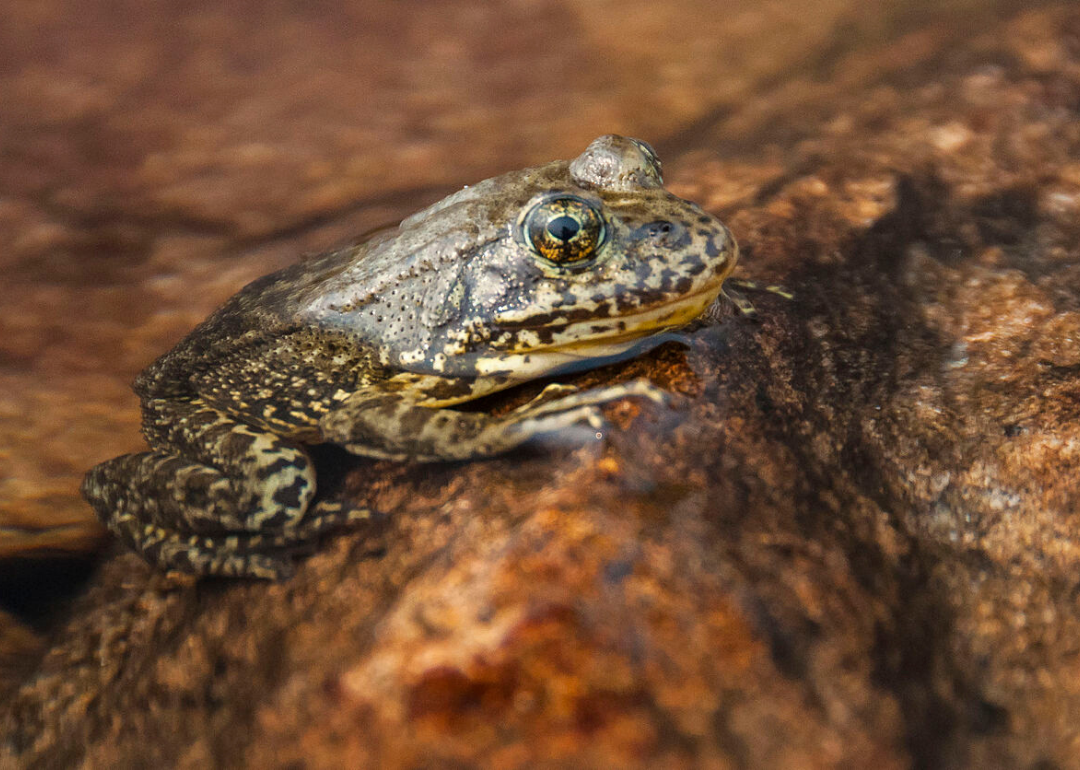
Isaac Chellman/NPS // Wikimedia Commons
Mountain yellow-legged frog
– Scientific name: Rana muscosa
– Red List status: Endangered
– Geographic range: California
These frogs are usually found within just a few feet of a water source. They mainly appear at high elevations, ranging from 4,500 to 12,000 feet. Unfortunately, fish farming has been a major threat to the frogs as fish stock compete with them for food.
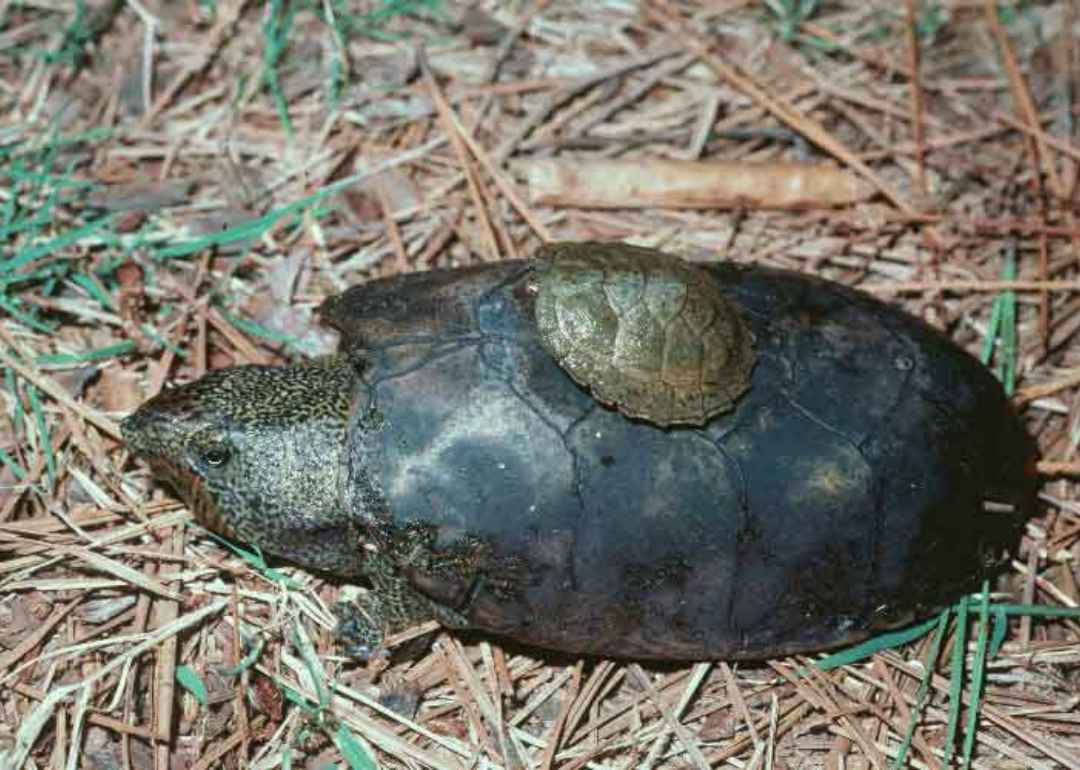
Unknown // Wikimedia Commons
Flattened musk turtle
– Scientific name: Sternotherus depressus
– Red List status: Critically endangered
– Geographic range: Alabama
It can take this tiny turtle up to 60 years to reach its full length—which is only 12 centimeters. Habitat fragmentation has had a major impact on the turtle, although the state of Alabama now protects it, and recovery efforts are underway to restore its habitat.
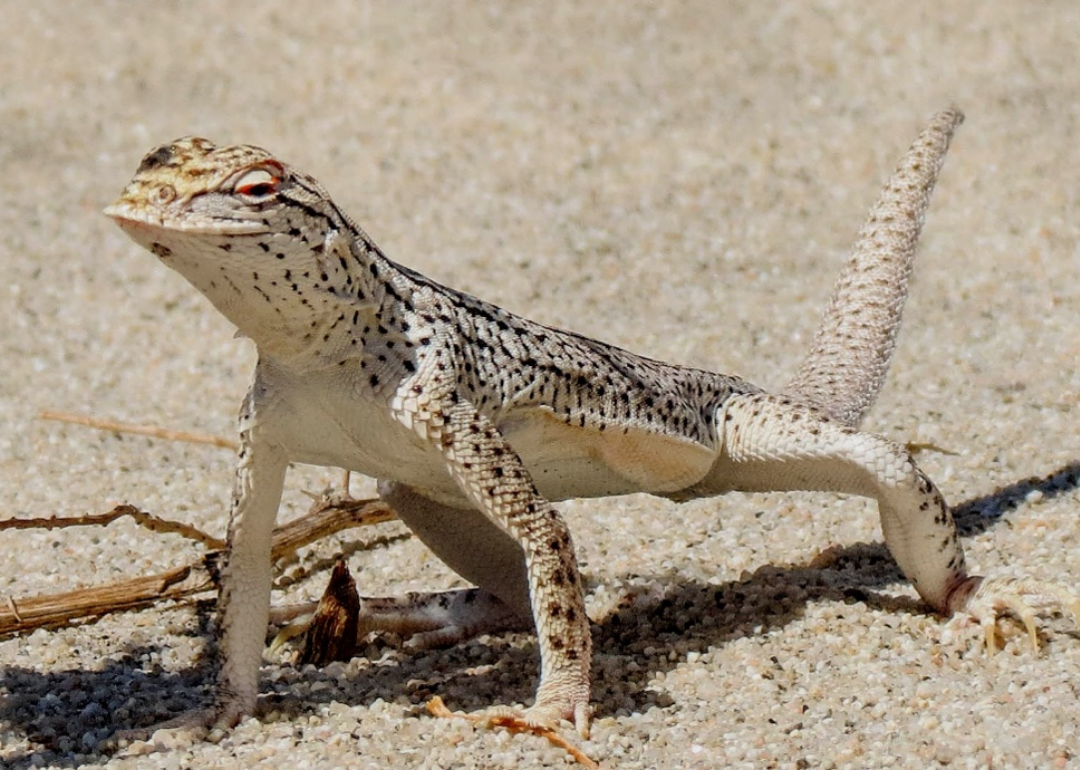
Desert LCC // Flickr
Coachella Valley fringe-toed lizard
– Scientific name: Uma inornata
– Red List status: Endangered
– Geographic range: California
This lizard has adapted to life in the harsh desert. It spends most of its daylight hours “swimming” in the sand, burrowing underneath it during the worst of the heat. Its biggest threat is human development in its habitat.

US Forest Service // Flickr
Northern Idaho ground squirrel
– Scientific name: Urocitellus brunneus
– Red List status: Endangered
– Geographic range: Idaho
This rare squirrel relies on large amounts of grass and seeds to fatten up for its long winter hibernation. Fire suppression efforts have greatly reduced its food supply, leading to population decline. While the species recovery pattern is largely unknown, an estimated 2,200 animals exist across 54 populations in Idaho.